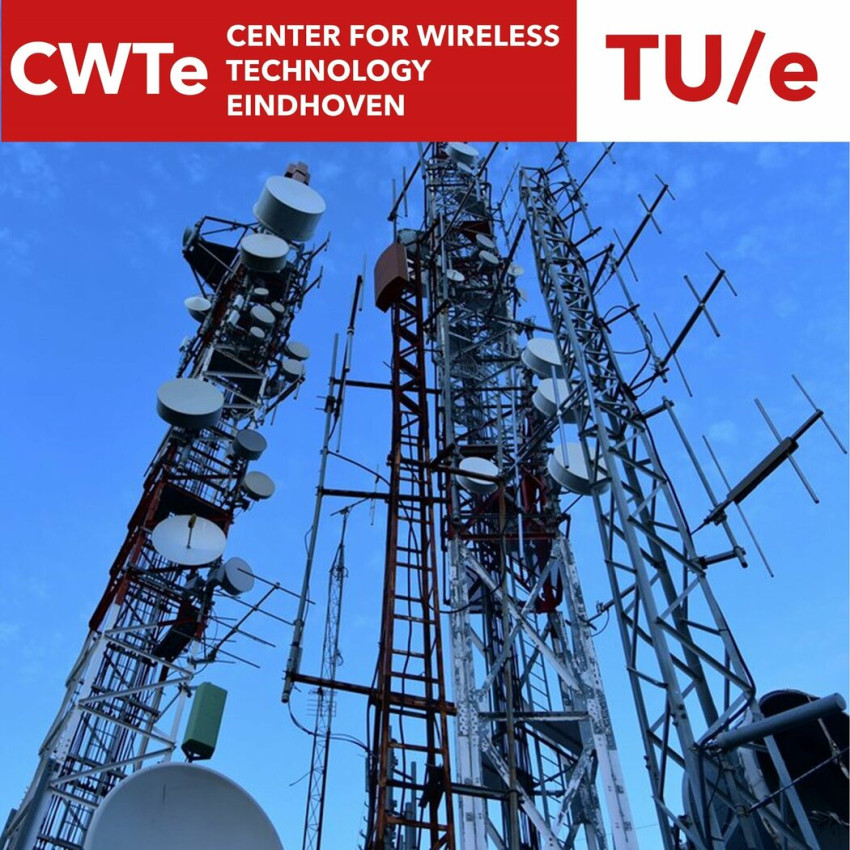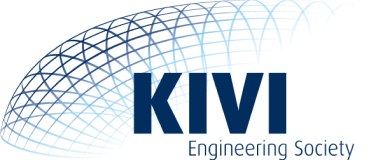
CWTe colloquium: Meeting the Emerging Thermal Challenges of 3D Heterogeneously Integrated Circuit Packaging Techniques
Meeting the Emerging Thermal Challenges of 3D Heterogeneously Integrated Circuit Packaging Techniques
Mo Shakouri from the US is visiting Eindhoven next week. He developed a completely new technology for RFIC / RF module characterization based on thermal imaging, and then he also built a company around it called Microsanj. His talk could be very interesting for the CWTe researchers (who are not on holiday). There is a big advantage to RFIC, PIC, and antenna testing, and the technology is very interesting to show.
The talk CWTe will be on Tuesday August 5 at 11.00 – 12.00.
Location: room Flux 7.177
Meeting the Emerging Thermal Challenges of 3D Heterogeneously Integrated Circuit Packaging Techniques
M. Shakouri, Microsanj LLC, 48421 Milmont Drive, Fremont, California 94063 USA
State-of-the-art integrated circuits include thin film materials, bonded interfaces, varied device types, and complex 3D structures that impact heat transport, resulting in thermal challenges that can affect circuit performance and reliability.
Most degradation mechanisms have an exponential dependance on temperature. Thus, a local hot spot with only a small rise in temperature can reduce lifetime by a factor of two or more.
This presentation reviews the latest thermal characterization and imaging techniques for IC materials, interfaces, and complete packages.
Heterogeneous 3D chip modules include multi-layer metallization and copper through-silicon vias. Heat dissipation in these devices requires careful optimization of bonding interfaces, thermal interface materials, and heat sink integration. During operation, minor defects or voids can create hot spots and, over time, reduce the chip’s performance and reliability.
It is beneficial if the thermal integrity of complex ICs can be assessed during manufacturing prior to complete packaging and powering of the device, which requires integration on test boards with a complex electrical workload. Laser heating and transient thermoreflectance imaging can be used to characterize heat flow in thin films and 3D ICs.
Several research papers [1] [2] and commercial tools range from femtosecond pump-probe time domain thermoreflectance to picosecond transient heating, frequency-domain thermoreflectance, and beam deflection techniques [3]. An overview of resolution limits, scanning time, calibration, and parameter identification will be given.
While inverse problems in heat diffusion are ill-posed, transient temperature profiles provide valuable information about in-plane and out-of-plane material and interface properties.
MS Teams for on-line participants
You can attend online via this link:
Microsoft Teams Need help?
Meeting ID: 327 121 900 042 4
Passcode: Cc62cP7s
